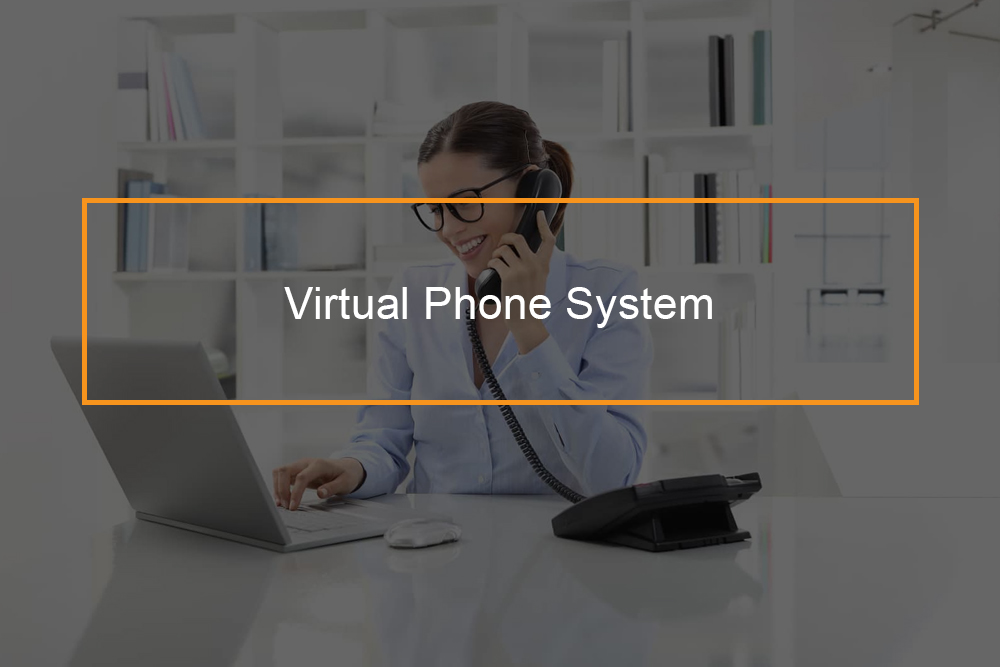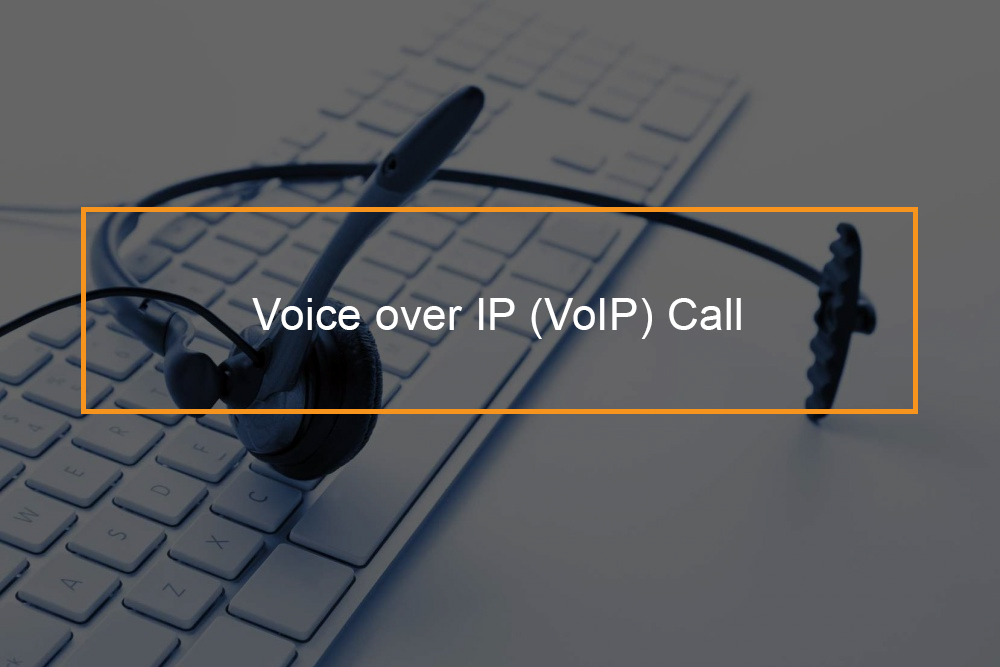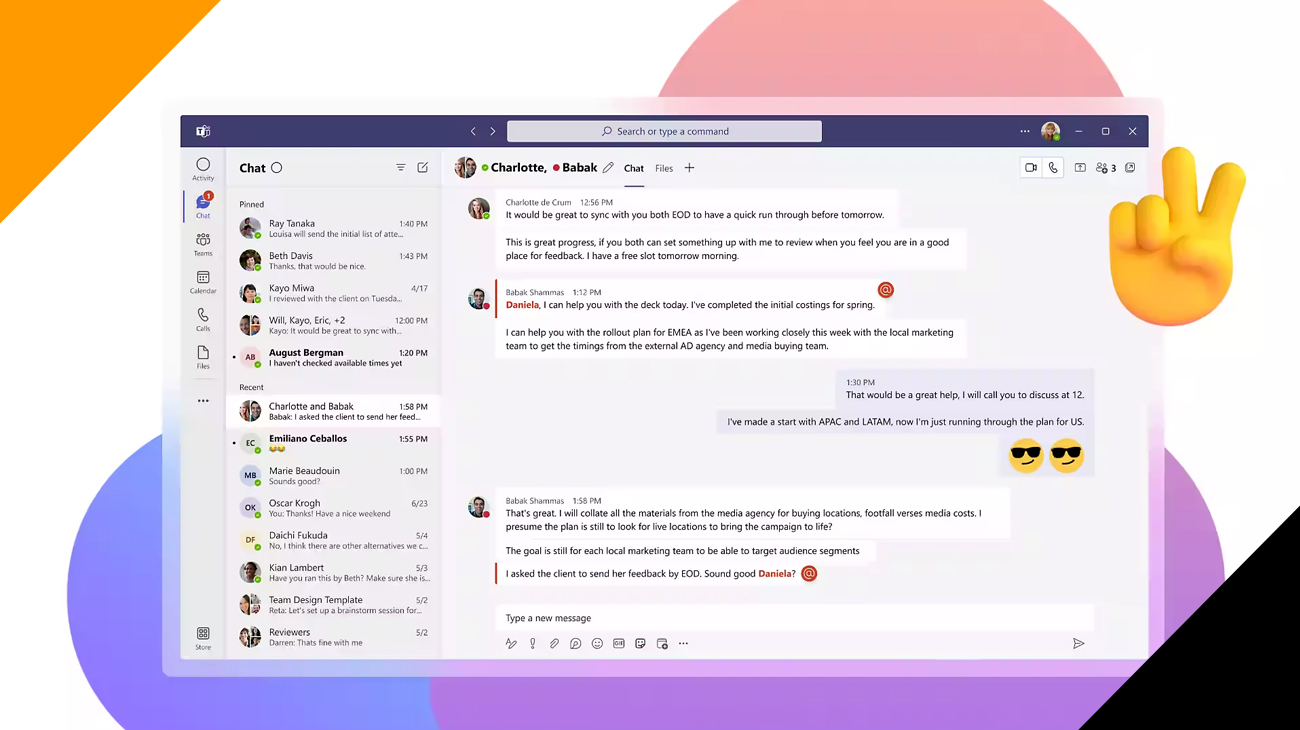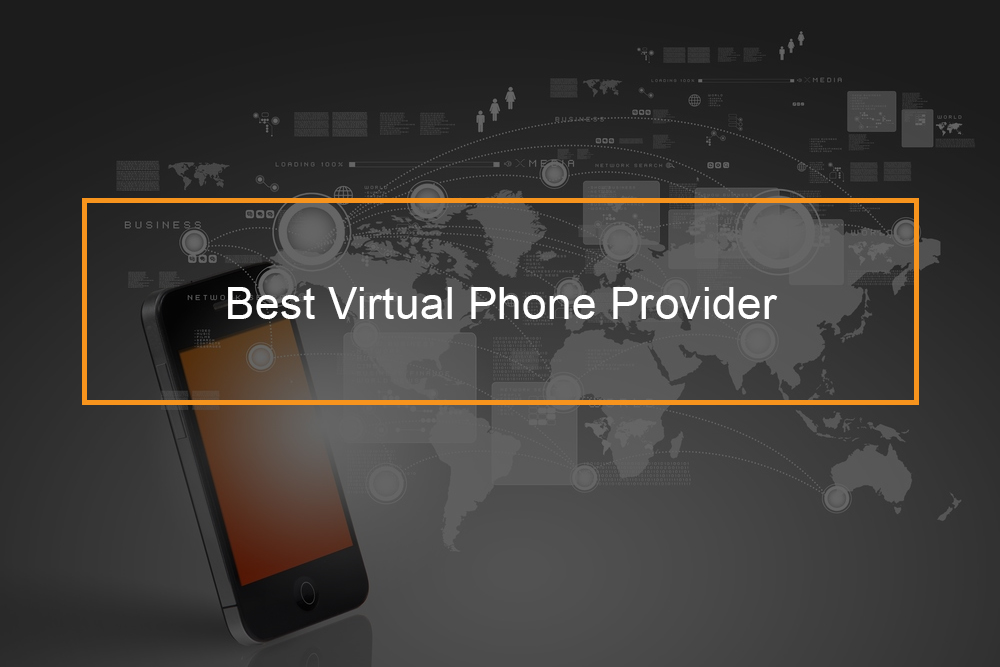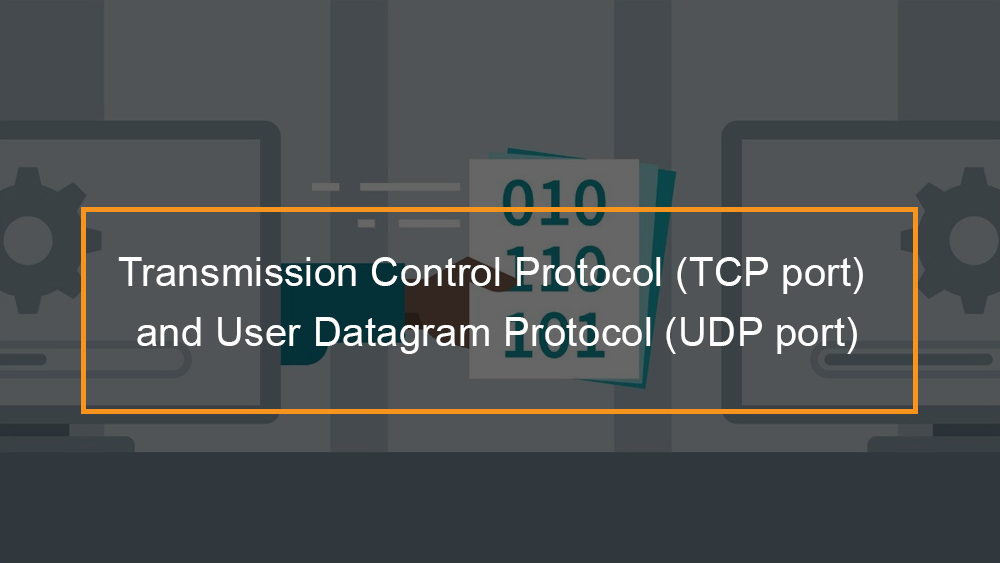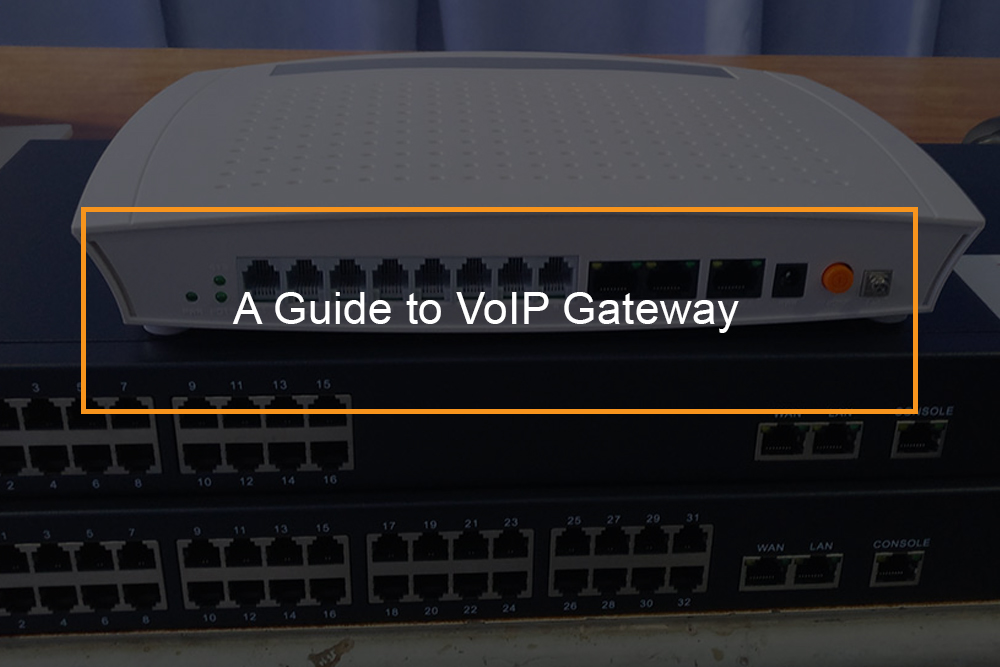Navigating the Cloud: An In-Depth Look at CCaaS and CPaaS
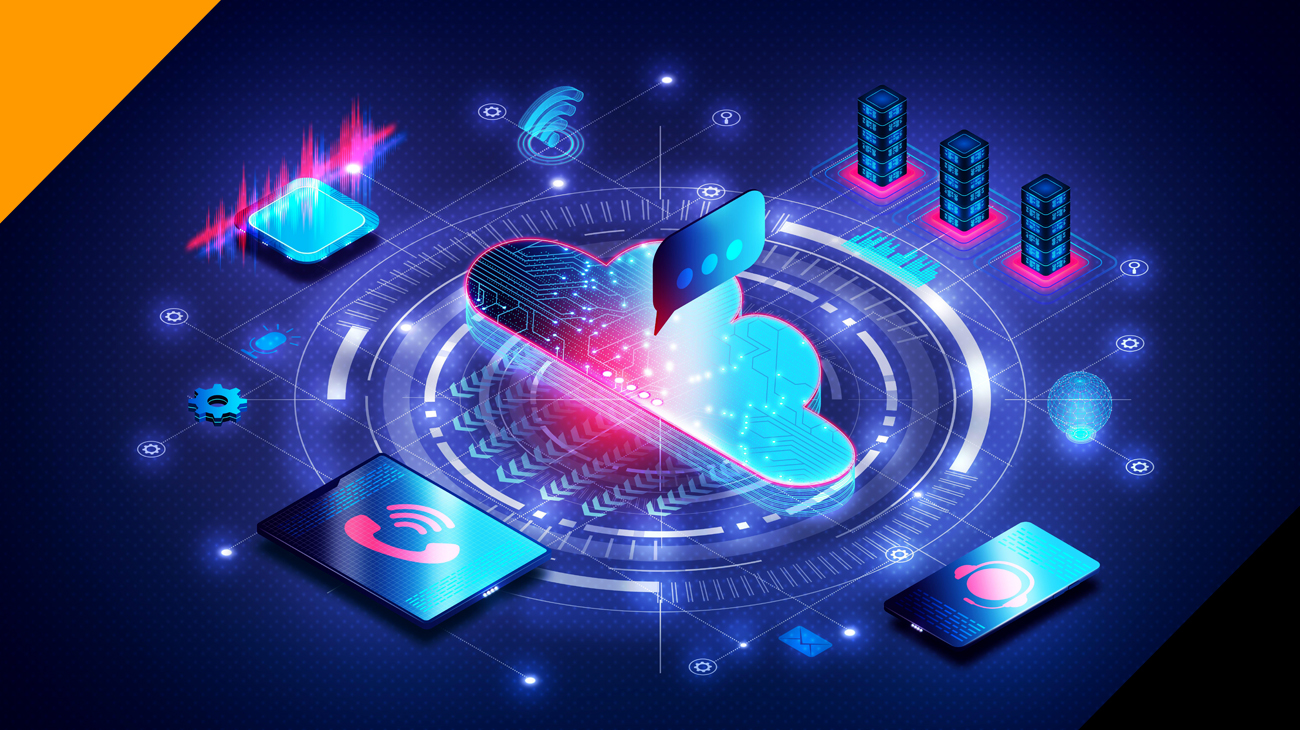
Understanding CCaaS and CPaaS: Revolutionizing Communication and Customer Service
In the current business environment, which is fast-paced Communication and service to customers play crucial parts in the success of a business. In order to offer superior customer experiences to their customers two cloud-based services have become powerful instruments: CCaaS (Contact Center as a Service) and CPaaS (Communication Platform as a Service). What are CCaaS and CPaaS? Let’s look into the features of these solutions and how they’re transforming the way companies communicate with customers.
Table of Contents
What is CCaaS and CPaaS?
What are CCaaS and CPaaS? CCaaS is “Contact Center as a Service,” while CPaaS is “Communication Platform as a Service.” Both CCaaS and CPaaS are cloud-based services which offer various features for communication and customer support for businesses. They serve distinct functions and have distinct capabilities.
What is CPaaS (Communication Platform as a Service)?
CPaaS is a cloud-based platform that supplies developers with APIs and tools (Application Programming Interfaces) to incorporate real-time communication features, like SMS, voice, video and chat, into their apps or services. CPaaS solutions let developers develop and embed communication features directly into their websites, software applications and other digital platforms. This allows businesses to provide unique and interactive experiences for customers. CPaaS is a great option to create a variety of applications like the two-factor authentication system, customer care chatbots, video conferencing broadcasting using voice, and much more. With the help of CPaaS businesses can boost their communication strategies and engage with their customers, all while making sure they are focusing on their core products and services.
Crucial Features of CPaaS
- One of the greatest advantages of CPaaS is that it provides global and regional reach. If a company has embraced the CPaaS service and any of its brands they have partnered with, they will gain access immediately to various carriers around the world.
- The CPaaS platform is reliable, scalable and secure. Businesses that use CPaaS can easily expand or reduce their usage based on their current requirements. The best part is that companies are only required to pay for their usage.
- The top CPaaS platform can be used with several programming languages. This makes it simple for in-house developers of a business to personalize their communication systems. Whatever they know about code developers can utilize to modify CPaas.
- The CPaas platform combines the features of the most modern IP communications systems as well as traditional phone networks.
The Benefits of CPaaS
CPaaS platforms are affordable and flexible, integrable and scalable. They permit you to keep the ownership of your app.
- Cost-Effective: With CPaaS it is only charged for the features you use and you do not incur additional costs for the installation and maintenance of equipment and software. If you sign up to pre-made software as a service (SaaS) platforms such as CCaaS or UCaaS You pay for a whole pricing level that includes a variety of features. Although this discounting prices for the individual features however, you’re still required to pay for certain options you don’t need. CPaaS is a pay-per-use model of pricing. This allows you to pay only when you utilize the API to make a phone call or send a text message or to set up a video conference.
- Integratable: CPaaS APIs seamlessly integrate seamlessly into your business application. After your developer has programmed your new application, your users will benefit from the latest features of communication with the tools they are already familiar with.CPaaS APIs can be integrated with:
- Programming pipeline
- CRM software
- Sales and marketing tools
- Other communication channels
- Contact center software
- Finance software
- Databases, and more
- Flexible: Flexible communication capabilities enabled by CPaaS can satisfy a wide range of use situations: internal collaboration sales, and efficient customer interactions. Programmable APIs allow communication capabilities dependent on other functions within the app like orders or database changes, which allows the potential of voice and messaging enhancements in use scenarios. Programmable CPaaS APIs allow for automation and applications, including:
-
- Delivery confirmation messages and calls
- Appointment reminders and confirmations
- Abandoned cart follow-ups
- Database information requests
- SMS auto-responses to customer outreach
-
Follow-up voice or digital surveys
CPaaS two-way SMS and messaging APIs enable customer communication in-app and internal team collaboration. Agents are able to use the same interface that they use for other business communications.
- Scalable: Because CPaaS APIs can be paid-per-use services, you can quickly create new users and add communication capabilities. In addition, adding new members to your team isn’t even requiring registration on the internet or a subscription. Simply give them a company phone number and access to the app and then pay for the new usage at the end of each month. APIs from CPaaS are ideal to expand your customer service because they can be adjusted to the international market, pricing, fees, and compliance requirements. A majority of CPaaS-provider carriers support more than 1500 mobile carriers in hundreds of nations. You will be charged costs for international calls and messaging by international operators. The removal or addition of new communication capabilities is as simple as your developer to replace the old code to new code.
-
Retain App Ownership and Increase Valuation: When you integrate CPaaS APIs to your application, you will retain ownership of the application. While you may not control all the code that is in the software of your application but you do own the programmers who developed it. Maintaining as much software ownership as possible helps make your company more self-sufficient, which increases the value of your business if it is looking to be bought.
When to Use CPaaS
Utilize CPaaS when there is already a communications application, or you want to only add channels that are isolated.
- Already have an application for business communication that is custom-built: If your business already has an app that has communication capabilities that you are using, select the CPaaS option over CCaaS, so that the new feature can be plugged to the features you already have.
- You’re only looking to include isolated communication channels In contrast to CCaaS platforms, which include the feature suite, APIs provide distinct communication functions, such as SMS messaging or voice calling. Don’t spend money on features you will never use.
What is CCaaS (Contact Center as a Service)?
CCaaS is a cloud-based platform that provides businesses with the infrastructure and tools required to run and manage the contact center of their choice. Contact centers are the central point that manages customer interactions through a variety of channels, including email, phone calls and chats, social networks, and much more. CCaaS platforms include options like call routing and Interactive voice response (IVR) systems, automated calls distribution (ACD) and monitoring of employees, analytics in real time along with integration into customer relation management (CRM) systems. CCaaS solutions help businesses improve their customer service operations and improve customer service and effectively handle huge amounts of customer queries and interactions.
Crucial Features of CCaaS
- CCaaS includes the ability to record and manage calls, which improves the quality of calls and enhances the user experience.
- The calls can be made swiftly using a couple of clicks, instead of dialing a phone number.
- Includes software analytics tracking and customer experience tracking features.
- One of CCaaS features is whisper coaching where supervisors are able to hear the agent’s voice so that they can provide advice to the agent.
- Features that include IVR that connect callers to the appropriate department.
- It comes with the option of virtual attendants
- CCaaS platform is a cloud-based interface through which agents can collaborate from any part of the world.
- One of the most important aspects in the CCaaS system is Live Feed, through which supervisors can track the agent’s live activity in real-time.
It is evident that there has been an increase in demand for and use for the CCaaS platform. Based on the predictions of experts, the CCaaS market is expected to grow to $27 billion in the future. This expansion of the CCaaS platform has led to a greater dependence on digital communications channels.
The Benefits of CCaaS
Certainly, here are the benefits of CCaaS (Contact Center as a Service) summarized:
- Enhanced Customer Experience: CCaaS enables personalized, omnichannel interactions, leading to higher customer satisfaction and loyalty.
- Omnichannel Engagement: Businesses can communicate with customers through various channels for a consistent experience.
- Scalability: Easily adjust resources to accommodate fluctuating call volumes without significant investments.
- Cost Savings: Cloud-based model reduces upfront costs, hardware expenses, and maintenance.
- Rapid Deployment: Quick setup allows businesses to improve customer service without lengthy implementation.
- Global Reach: Serve customers worldwide, irrespective of geographical constraints.
- Remote Work Enablement: Agents can work from anywhere, contributing to a flexible workforce.
- Actionable Insights: Real-time analytics provide valuable data for informed decision-making.
- Efficiency through Automation: Features like IVR and chatbots handle routine inquiries, boosting agent productivity.
- Optimized Resource Management: Forecasting tools aid in scheduling the right number of agents for efficient operations.
- Continuous Innovation: Regular updates ensure access to the latest features and technologies.
- Disaster Recovery: Built-in redundancy and recovery capabilities ensure uninterrupted operations.
- Seamless CRM Integration: Connect with CRM systems for a comprehensive view of customer interactions.
- Security and Compliance: Cloud providers maintain data security and adhere to industry regulations.
- Proactive Engagement: Utilize AI for outbound campaigns and personalized recommendations.
- Competitive Edge: Exceptional customer service sets a business apart and drives positive word-of-mouth.
When to Use CCaaS
Make use of CCaaS if your team isn’t equipped with an application or in-house developers, or you’re looking to add large libraries of communications channels and features.
- If you don’t have in-house programmers or applications: If your company isn’t able to integrate developers’ APIs into your backend software code or a program to program into CPaaS solutions serve little need. A fully capable contact center software allows your customers to connect and play.
- You’re looking for a wide range of features and channels for communication In the event that CCaaS pricing plans come with numerous channels and feature libraries and companies that wish to bulk add a lot of channels and features will reduce costs and time by purchasing an already-built app instead of trying to develop one from scratch.
Difference between CPaaS and CCaaS |
|
|
The main difference between CPaaS and CCaaS is the kind of service they provide organizations. CPaaS helps organizations to make and construct their very own communication arrangement by adapting their existing devices. This guarantees a smooth network inside and outside the organization. On the other hand, CCaaS aims to improve the business congruency of dealing with clients through channels preferred by the clients. CPaaS can be called a site for backend communication that conveys adaptability and offers cost-saving advantages. CCaaS, on the other hand, provides a platform for transmission to call centers to enable smooth collaboration with clients without any problems. |
|
Both administrations target guaranteed cost adequacy; however, they vary in how they permit adaptability. CPaaS offers adaptability to organizations by sending specialized tools based on their internal business communication requirements. On the other hand, CCaaS is complete, unbending programming that makes handling the client fast and straightforward. |
|
CCaaS can be valuable and productive for client-driven organizations like call centers. CPaaS, on the other hand, focuses more on building a bridge between workers inside an association or, on occasion, clients and the organization. |
|
Businesses that are setting up call centers should definitely use CCaaS. It is because it steps in to act as an alternative to their software’s lack of flexibility. CPaaS, on the other hand, helps businesses by offering cloud communication services such as video calls, chatbots, and much more by building their contact center software. |
|
CPaaS, which provides extra tools for the organization’s software, is lower in cost than CCaaS. This is because it is more focused on adaptability changes. CCaaS is comparatively more expensive because it provides a tailor-made choice for organizations wanting to set up their very own contact center. |
|
CPaaS providers need to put together a group of programmers with specific skills to make software that works well and has all the features built-in. CCaaS is used as an extra application that can be added to the contact center software that businesses already have. |
|
CPaaS lets organizations and firms personalize communication channels as per their necessities and client requests. CCaaS is inflexible and requires many changes in the product’s coding concerning the customization of explicit highlights and tools. |
Frequently Asked Questions
What is the difference between CCaaS UCaaS and CPaaS?
- CCaaS concentrates on coordinating customer interactions within contact centers. They provide tools to provide effective customer support across several channels.
- UCaaS provides a single platform to facilitate internal collaboration and communication among employees, by integrating different communication channels.
- CPaaS is a platform for development which allows companies to incorporate real-time communication capabilities in their applications, increasing interaction with customers and increasing their engagement.
What is an example of a CPaaS?
A good illustration of an example of CPaaS (Communication Platform as a Service) is Twilio. Twilio is a well-known CPaaS service that offers various tools and APIs for integrating real-time communication capabilities into services and applications. Developers can utilize Twilio’s APIs for adding features such as voice calls, video calls, SMS messaging chat, and much more into their software.
What is an example of a UCaaS?
One illustration of an UCaaS (Unified Communication as A Service) provider is Microsoft Teams. Microsoft Teams is a widely popular collaboration and communications platform that is part of the umbrella of UCaaS. It comes with a broad array of tools and features that are designed to help facilitate unification of collaboration and communication within companies.
What is Twilio?
Twilio is an online communications platform that gives numerous APIs and tools that allow developers to integrate communication capabilities in their products and services. It is part of CPaaS (Communication Platform as a Service). The Twilio platform allows companies to include features such as video calls, voice messages, calls, SMS chat, and many more in their own software products.

